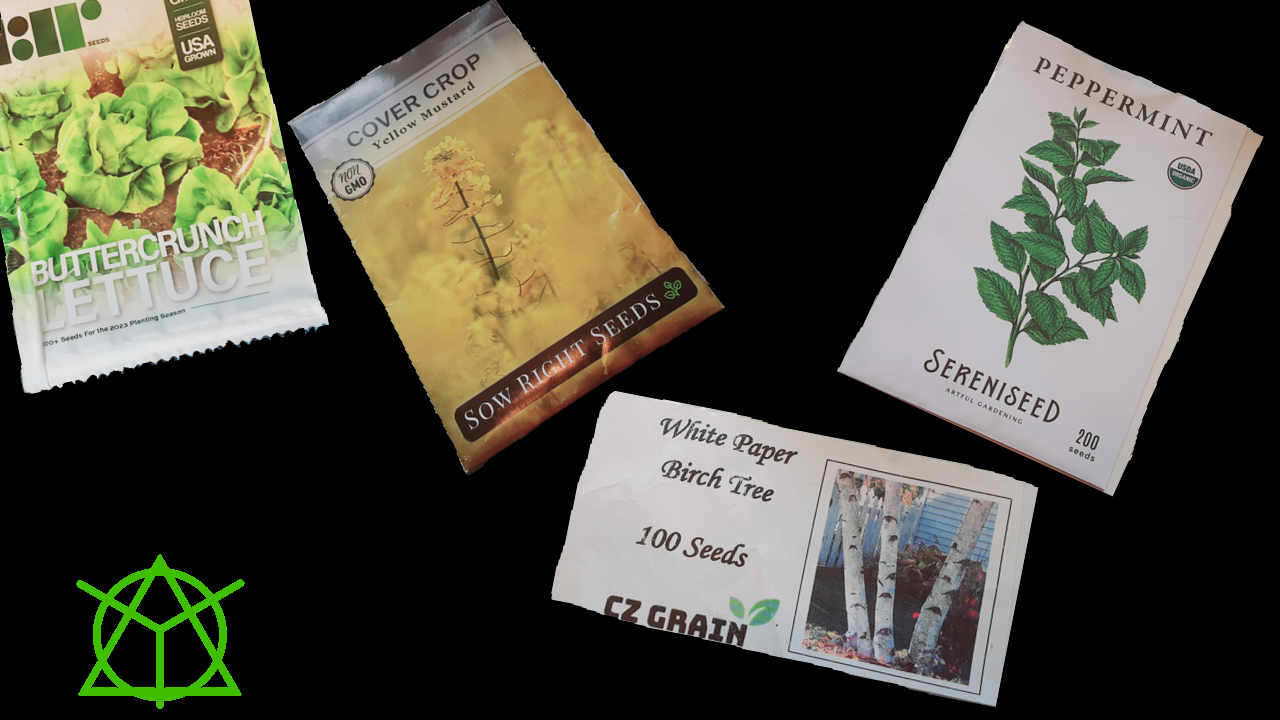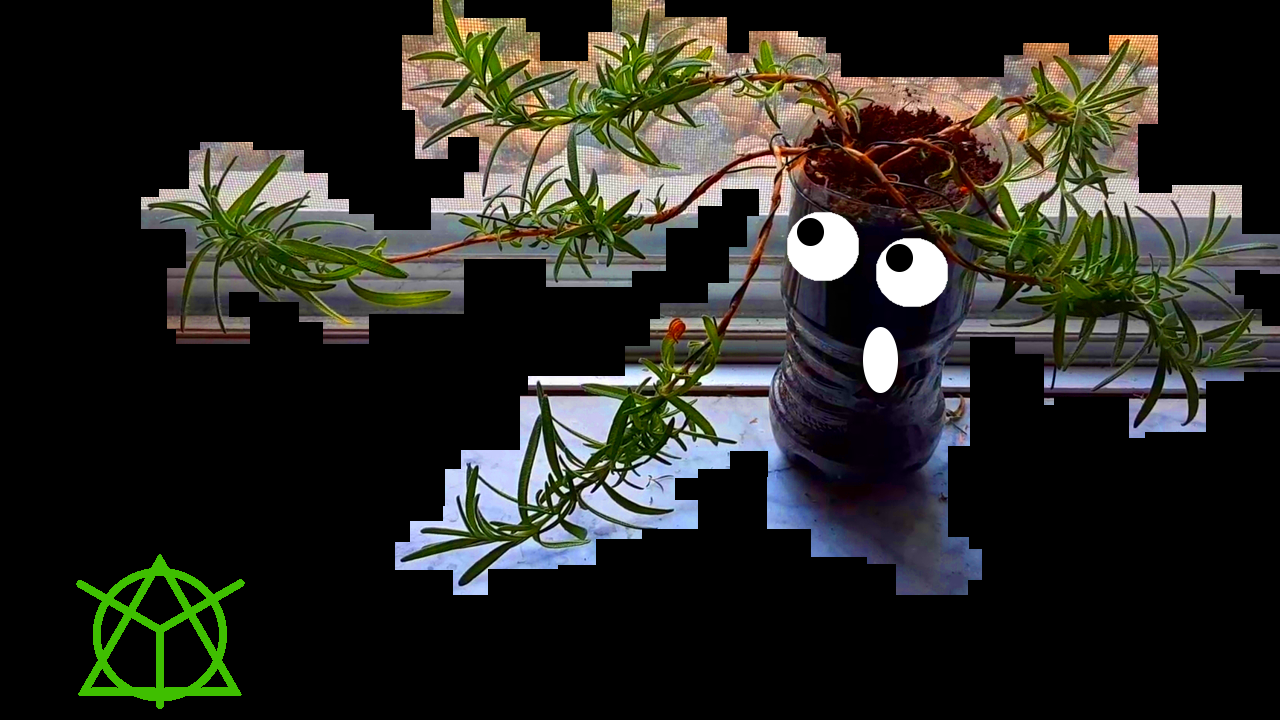[Of Juniper Berries and Looking Back to Go Forward] [Botany] [Conifer] [Bush]
And with that dice roll, we are taking on Plants, specifically conifer bushes. I immediately thought of juniper berry bush. When I was still in college, not all that long ago, I did a presentation on the value of Juniper berries. I will be borrowing that presentation and juicing it up to 11 because there is some truth to looking back so that one can best move forward.
Juniperus communis, or the common juniper, is more of the middle in plants in the historical record. We see soil layers with juniper existing before angiosperm trees like oaks, cherries, and peaches. At the same time, they seemingly come after some other trees, conifers, and cycads. One of the ways that we know that the plants in the fossil records are our plants is that even the fossils contain evidence of chemicals such as Cedrol and Pinene lipids, otherwise known as oils. Cedrol oil is found in all evergreens, while Pinene is in most evergreens, and the dark blue berries are very distinct. They have a similar appearance to blueberries, but they are very different in flavor. Molecules like Alpha-pinene or A-pinene and Limonene are found in the fruit. A-pinene is a basic chemical that helps make the pine scent and flavor. Limonene is a chemical first extracted from limes and is one of many chemical compounds that make the distinct citrus taste. Measuring preserves samples of a conifer and measuring Cedrol, Pinene, A-pinene, and the presence of Limonene proves that a sample from the past or today is a juniper.
Now a blast from the past moment. I only talked about Cedrol and Pinene oils because I took biotechnology courses and studied organic chemistry for fun. I was so happy with myself that I could figure out molecules that once I found out what Cedrol and Pinene oil were, I did not do any further research. It took me 5 minutes of research to realize that I figured out many more chemicals and the most important chemicals seemed to be Limonene and A-pinene.
Moving on to the next section, the part my undergrad brain, forever hungry due to constantly studying, and having few friends, latched on to the food. Specifically that juniper berries are the only food that comes from conifers. It was huge in ancient times, and artifacts and records show that the berries were mixed with meat, child and adult drinks and often used for medicine. Ancients made tea from the berries. It flavored deer, reindeer, and other gamey jerky. It also pairs well with black pepper and laurel berries. The ancients liked using this for women’s problems.
Before I continue, keep in mind two things. First is malnutrition. Many things worked as herbal remedies, not necessarily because they killed parasites, destroyed bacteria, or vaporized viruses. Sometimes, getting enough nutrients could let a body naturally fix problems. Second, women. Malnutrition can cause issues with fertility, and that was a realm not entirely dictated by mortals but by gods. Juniper berries, when consumed as a tea, could relieve aches, skin pains, and bruisings, especially those associated with a women’s monthly cycles. This meant that the cultures that used the juniper believed that the berries had mystic, divine powers that could make a woman more fertile. It could even remove oneself from demons that dwelled between the legs. The sap of cedars was also a known abortifacient, so for a shrub to contain life and death made it even more special.
To this day, it’s still toted as a medicinal herb or spice, still flavoring jerky, still in wiccan and other spiritual practices, and still used in tea and aromatherapy. Many aromatherapy texts will call the scent of juniper berries the “mountain healer of the stomach and womb.”
I like how past me handled this. Yes, there was cedar coffee in colonial America, and other cedar products could be eaten in small amounts with no harm. Primary sources would be preferable to secondary sources. Sadly, secondhand is the best I could do. I took a quick overview in google scholar; the sources and documentation concerning this topic are still sparse.
In the past presentation, I then move on to the meat of the branches. Juniper berries are much like coffee; it has a unique flavor that is almost impossible to find a similar one for. While we already mentioned that it could make great jerky and many kinds of herbal teas, I was in college. I took a course in beer for history. In my presentation, I focused on the alcoholic drinks Sake and Gin.
Gin is a Scandinavian drink first, but it comes from either the French or Dutch word for genièvre. The common juniper bush that makes juniper berries originates from Scandinavian areas like Norway, Finland, and Sweden. As the Vikings sailed out for land and plunder, they encountered the native French and Dutch. Many would pick up their languages but miss the taste of home. Dutch and French brewing mixed with the Scandinavian’s native plants would eventually create the first Gin. Generally speaking, Gin is brewed like a beer in the first ferment. Raw, whole berries are added in the first process. In the second ferment, the berries are smashed up and strained. This leaves molecules like Cedrol, Pinene, A-pinene, and Limonene in the liquid. These chemicals give gin a slightly sweet, forest-like taste. To this day, for a liquor to be called a Gin requires the flavors that only fermenting these cedar blueberries give.
Sake is a Japanese term for liquor containing ethanol. It is easily made with rice, the right molds, and water. Because the recipe is so simple, it is easy to mix all sorts of things with it. If it has oil, it will work. As the French and Dutch traded the tree with neighbors, it eventually reached China and Japan. By the time the lipid-heavy cedar fruit made it to the land of the rising sun, they had at least 1,000 years of experimenting with sake. They were already mixing peaches, plums, apricots, and other things with the liquor. It was quickly snatched up, and to this day, juniper berry sake has the flavor of the mountains, the northern regions, and the rural, rustic life there. It is one of the most beloved flavors in the land of the rising sun and everywhere else.
While doing some supplementary research for this work, I noticed gaps and details. Back then and even now, I don’t get into the nitty-gritty of how liquor is brewed. When it came to expanding details, my focus is on how the tree got around from Scandinavia to Japan. The info that might be useful for other people might help me sell the story, but a part of me is not pulled to that. Why? Why am I not interested in this particular instance of important details that matter? After asking this question, I sat and thought about this. The answer, I think, is that is two desires. I desire to be intense, deep, and ponderous, giving me specific details concerning everything I work with, even if it is only tangentially related. There is another part of me that wants to tell a story. As I practice telling truthful and tall tales, I am getting better and better at writing them out. In this instance, telling the brewing story would not tell a better juniper story. Maybe if I studied the brewing process to the extreme, I could include interesting factoids that would help me flesh out the narrative.
This reminded me of my first observation that I was not always the most thorough researcher. I have gotten much better at it, but I am also reminded that I can only study references, data, and artifacts that actually exist. That’s the second point. The third point is that I was trying to tell a story back then. I thought that juniper berries were the only part of any cedar that humans could eat as food. It’s a unique food source like coffee, vanilla, and cocoa. It’s irreplaceable, with a flavor that does not exist anywhere else. How did humans take the plant and transform it into an international flavor? I tried in my college years and finally succeeded in telling that story now.






I am glad you persevered in your thinking about this so that you were able to get the whole story told! You presented many new and interesting bits of information. 🙂